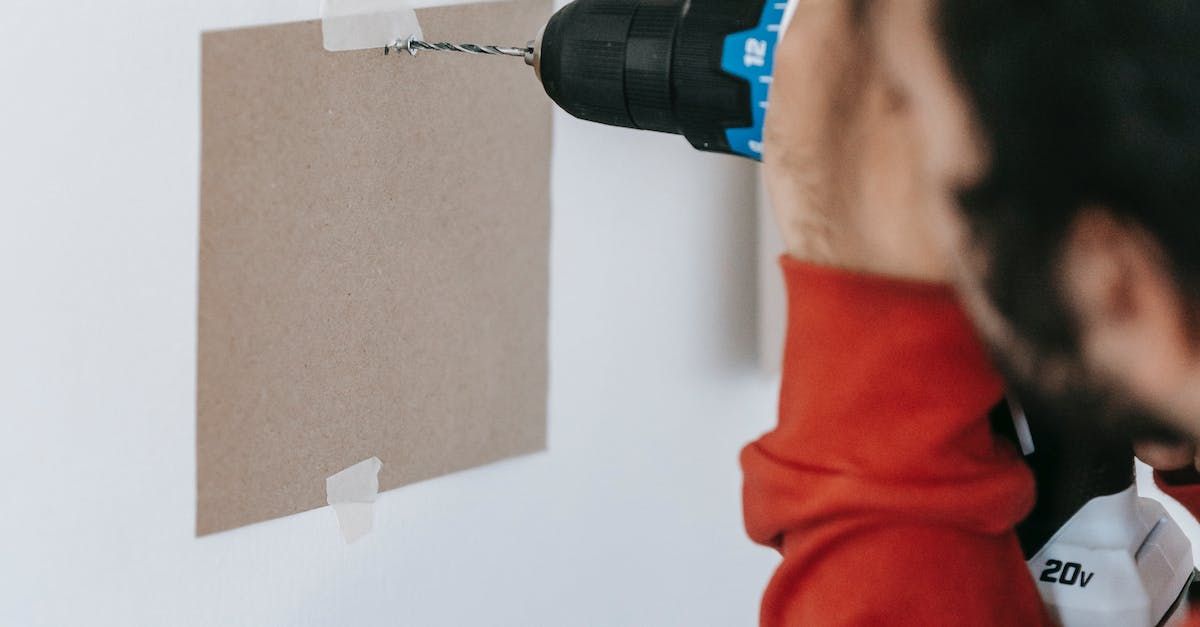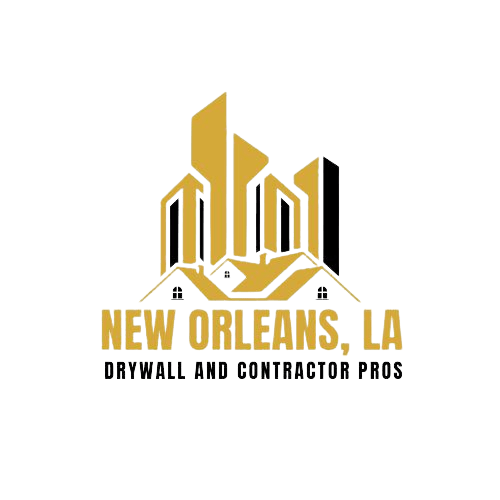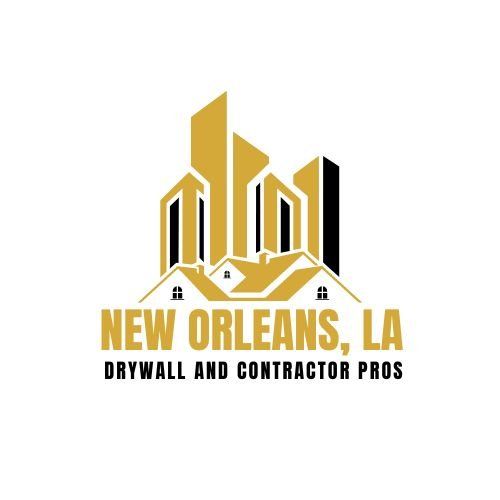Simple Solutions for Drywall Issues: Your Ultimate Step-by-Step Repair Guide
Master Drywall Repair with Simple Solutions for Every Home
Drywall, also known as Sheetrock, is a staple in constructing modern walls and ceilings. Its smooth finish offers a clean, polished look to your home. However, it's not immune to damage. From small dings and scratches to larger holes, drywall issues can mar your home's appearance and may require repair. Fortunately, many drywall problems are fixable with the right approach. This guide provides easy-to-follow steps for common drywall and Sheetrock repairs, ensuring your walls look impeccably smooth again. Whether you're a DIY enthusiast or considering hiring a drywall contractor, these solutions cover everything from drywall patching to fixing cracks and holes.

Tools and Materials Needed
Before diving into drywall repairs, ensure you have the necessary tools and materials:
- Drywall compound (also known as joint compound)
- Putty knife
- Sandpaper or a sanding sponge
- Drywall tape or mesh
- A piece of drywall for patches
- Primer and paint
- Drill (for larger repairs)
- Drywall saw or utility knife
1. Drywall Crack Repair
Cracks in drywall can appear due to settling or movement in the home. Here's how to address them:
Step 1: Clean the crack with a utility knife, removing any loose material.
Step 2: Apply a layer of joint compound over the crack with a putty knife. If the crack is wide, use drywall tape before applying the compound.
Step 3:
Once dry, sand the area smoothly and apply a second coat if necessary.
Step 4:
Prime and paint the repaired area to match the rest of your wall.
2. Drywall Patch for Holes
Holes can be an eyesore and compromise your wall's integrity. Here's how to patch them:
Step 1: Cut a piece of drywall slightly larger than the hole. Then, trim the hole to make it match the patch's shape.
Step 2: Place the drywall patch into the hole and secure it with drywall tape.
Step 3: Cover the patch and tape with joint compound, feathering the edges to blend with the wall.
Step 4: Sand the dried compound until smooth, then prime and paint.
3. Drywall Ceiling Repair
Ceiling repairs follow a similar process but may require extra care due to gravity:
Step 1: Secure a backing piece (like a small piece of wood) above the hole in the ceiling using a drill and screws.
Step 2: Attach a drywall patch to the backing and proceed with taping, applying joint compound, sanding, priming, and painting.
4. Drywall Damage Repair
For various types of damage, including water damage, it's crucial to first address the source of the problem. After resolving any underlying issues, cut away the damaged drywall, replace it with a new piece, and finish as outlined in the patching steps.
5. Wall and Ceiling Repair Tips
Always ensure the repair area is clean and dry before beginning.
Use a primer suited for drywall to help the paint adhere better and provide a more uniform finish.
For larger repairs or remodeling projects, consider consulting with a drywall contractor or a
drywall repair company for professional advice or services.
6. Dry Wall Crack Repair
Dry wall cracks, especially those that reappear, often indicate a deeper structural issue. To tackle persistent cracks:
Step 1:
Widen the crack slightly with a utility knife to create a V-shape groove. This provides a better surface for the compound to adhere to.
Step 2:
Fill the groove with a flexible joint compound designed for crack repair. These compounds can accommodate slight movements, reducing the likelihood of the crack reappearing.
Step 3:
After drying, sand the area smooth, then prime and paint. For added durability, consider using a paintable silicone caulk over the repair before painting.
7. Textured Drywall Repair
Repairing textured drywall adds the challenge of matching the existing texture:
Step 1: After using a drywall patch and joint compound to fix the hole or crack, choose a texture spray that matches your wall’s texture (e.g., orange peel, knockdown).
Step 2:
Apply the texture spray over the repaired area. Practice on a scrap piece of drywall to get the technique right before applying to your wall.
Step 3: Once the texture dries, paint the area to match the surrounding wall.
8. Preventing Drywall Damage
Prevention is key to maintaining the integrity of your drywall. Here are a few tips:
Handle Humidity: Use dehumidifiers in high-humidity areas to prevent moisture buildup that can lead to drywall damage.
Door Stops and Furniture Pads: Install door stops to prevent doorknobs from puncturing walls, and use furniture pads to avoid scuffs and scratches from chairs and sofas.
Regular Inspections: Check for signs of wear and tear or moisture, especially in basements and bathrooms, to address issues before they escalate.
9. Choosing the Right Drywall Contractor
For larger projects or repairs that go beyond the DIY scope, hiring a reputable drywall contractor is essential:
Experience and Expertise: Look for contractors with a solid track record and expertise in drywall repair and remodeling.
Licenses and Insurance: Ensure they are licensed and insured to protect your home and their workers.
Estimates and References: Ask for detailed estimates and contact references to gauge their reliability and quality of work.
10. Sustainable Drywall Remodeling
If you’re considering drywall remodeling, explore eco-friendly options:
Recycled Drywall:
Choose drywall made from recycled materials to reduce environmental impact.
Low VOC Compounds: Opt for joint compounds and paints with low volatile organic compounds (VOCs) for healthier indoor air quality.
Efficiency Upgrades: Incorporate insulation and energy-efficient practices to improve your home's thermal performance during the remodeling process.
Conclusion
Drywall and Sheetrock repair may seem daunting, but with the right tools, techniques, and a bit of patience, most issues can be effectively resolved. From simple patches to more complex crack repairs and even remodeling projects, understanding the basics of drywall repair is invaluable for any homeowner. For those repairs that require a professional touch, selecting the right drywall contractor is crucial for achieving a smooth, durable finish. By following this comprehensive guide, you can ensure your walls and ceilings remain in pristine condition, enhancing the beauty and value of your home.




